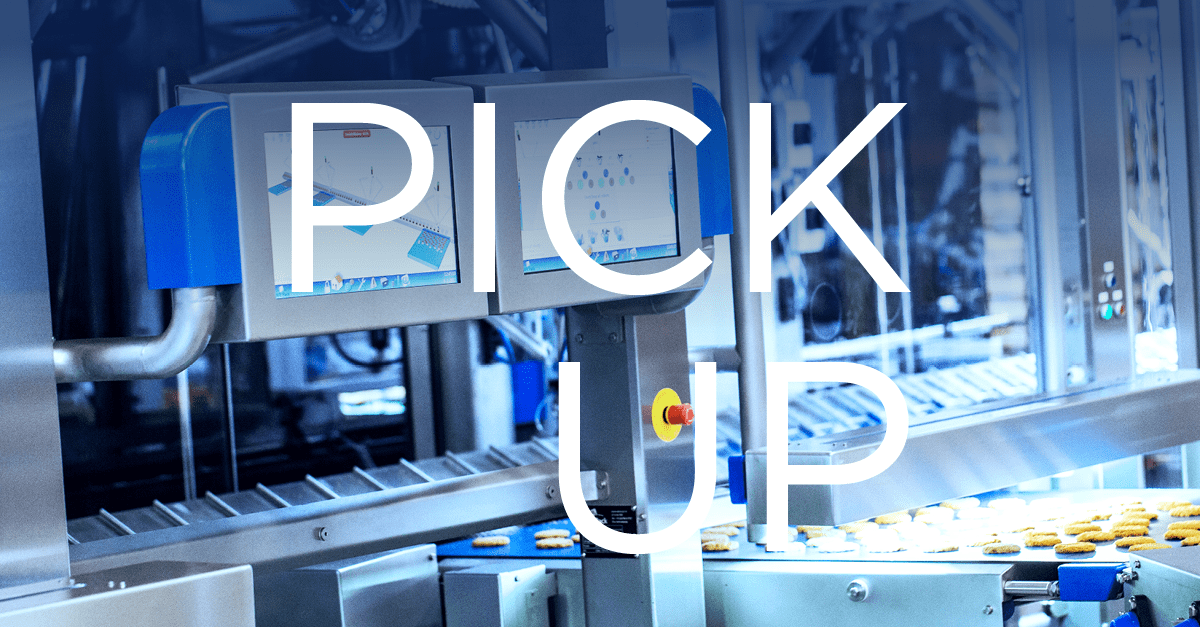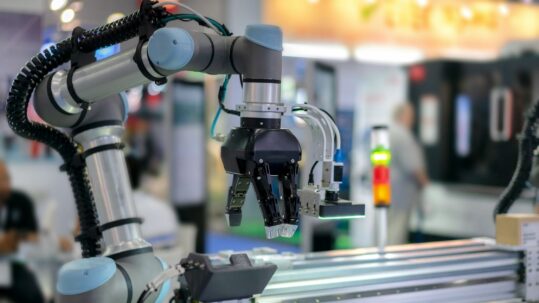Big data developments in robotic packaging

Pick Up | Short insights from our automated food packaging specialists.
Author | Erik Pleijsier, Manager Automation, PWR
Key Insights:
| Combined data enables customers and machine builders to make smarter decisions to improve the performance of complete machines
| Organization of data storage is key for success
| Big data drives predictive maintenance to limit unplanned down time
| Collaboration between customers and OEM’s needed to establish an industry standard for data sharing and analysis
Big data in robotics
Is the collection, storage and analysis of data within robotic packaging all that can be done? The truth is, the information available to us tells much more than just how to run the machines, there is also the data retrieved from every component of the machines, how it is handled and even readings of environmental variables can be considered. The knowledge retrieved from all this combined data helps to increase efficiency, uptime of the machine and detect problems at an early stage. Not only on a micro level, but the combined data also helps with giving a macro overview of the status of all equipment in the machine, it shows how it performs and how it’s been handled. It enables customers and machine builders to make smarter decisions to improve the performance of the complete machine.
Organise your data collection
With all the sensors, cameras and software available in a robotic solution, collecting data is not the challenge. The challenge is how to communicate and store this big quantity of data with the correct infrastructure that is also beneficial to the customers. A uniform system is needed to centrally store the data from all different sources and to then redistribute key information to the different system components that will benefit, for example, HMI’s (Human Interface), customer’s platforms and any data storage or processing systems.
We are discovering that food manufacturers are becoming more and more proactive in storing and analysing this data to improve the performance of their robotic solutions. However, one of the challenges with storage and communication of data is to implement this in a secure way that fits with customers IT security regulations, which is something that must be taken into consideration.
Analysing such a large quantity of data comes with its own set of challenges. Artificial intelligence (AI) is one of the obvious choices, however in many cases it is not yet feasible to draw on these AI technologies yet, it still needs guidance into the right direction for it to become a workable solution for our customers. Looking further ahead into the future, an interesting step forward in technology would be an AI solution that does not require human interference to analyse data, draw conclusions and take steps by itself to avoid break downs or to improve system performance. For the time being, the human component is vital for data analysis which is why we will likely see growth in job functions like “Machine Data Analyst” in specialisms like robotics.
Buzzword: Predictive Maintenance
Using the available big data from machines can help to predict malfunctions and thus avoid machine failures. Nowadays many machines rely on service schedules, based on manufacturer supplied maintenance intervals instead of real time knowledge of the state of the machine. The downside of working this way is that maintenance is almost guaranteed to be performed too early or too late. With big data driven predictive maintenance (PM) both can be avoided, which reduces unplanned down time of the machine. In the packaging industry there is a huge interest in predictive maintenance, but successful implementations are still scarce. A lot of tests are running, but an industry standard has yet to emerge.
Industry developments
A robotic packaging solution is only a small part of a factory, which means that the customer will not enjoy the full benefits if the data collection and analysis is only limited to a single machine. Combining data from all machines on the factory floor will improve the precision of the algorithms and the conclusions that can be drawn from the data. Furthermore, by treating every machine in isolation a customer has to look at every OEM’s data separately. To combine all this data more intense collaboration is needed with customers and between OEM’s. Although, this may be further ahead in the future, as with the Predictive Maintenance, there is no industry standard for data sharing and analysis yet.
Tests that run are not only scoping on how to store and analyse this big quantity of data, but also how to make it customer friendly in operation. Many options are available, such as dashboards, apps, WhatsApp updates etc., all with standardization of usability and the visual look. When these uniform standards are in place, this will accelerate the use of Big Data in the robotic packaging industry.
Sign up to our Newsletter
Receive more insights from our automated food packaging specialists.









